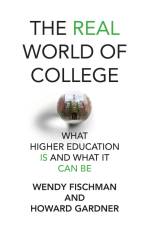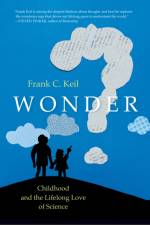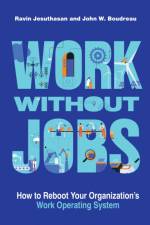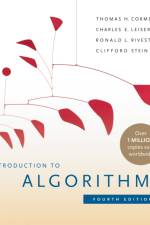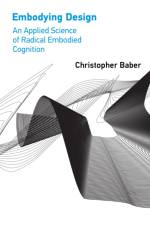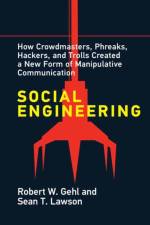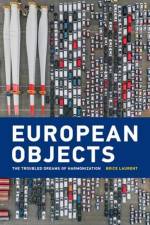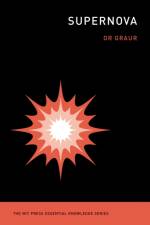- Financial Innovation in the Connected World
av David L. Shrier
421
How the global financial services sector has been transformed by artificial intelligence, data science, and blockchain. Artificial intelligence, big data, blockchain, and other new technologies have upended the global financial services sector, creating opportunities for entrepreneurs and corporate innovators. Venture capitalists have helped to fund this disruption, pouring nearly $500 billion into fintech over the last five years. This book offers global perspectives on technology-fueled transformations in financial services, with contributions from a wide-ranging group of academics, industry professionals, former government officials, and current government advisors. They examine not only the struggles of rich countries to bring the old analog world into the new digital one but also the opportunities for developing countries to “leapfrog” directly into digital. The book offers accessible explanations of blockchain and distributed ledger technology and explores big data analytics. It considers, among other things, open banking, platform-based strategies for banks, and digital financial services. Case studies imagine possible future fintech-government interaction, emphasizing that legal and regulatory frameworks can help to create trust in financial processes. The contributors offer novel takes and unexpected insights that will be of interest to fintech experts and nonexperts alike. ContributorsAjay Bhalla, Michelle Chivunga, John D’Agostino, Mark Flood, Amias Moore Gerety, Oliver R. Goodenough, Thomas Hardjono, Sharmila Kassam, Boris Khentov, Alexander Lipton, Lev Menand, Pinar Ozcan, Alex Pentland, Matthew Reed, David L. Shrier, Markos Zachariadis



